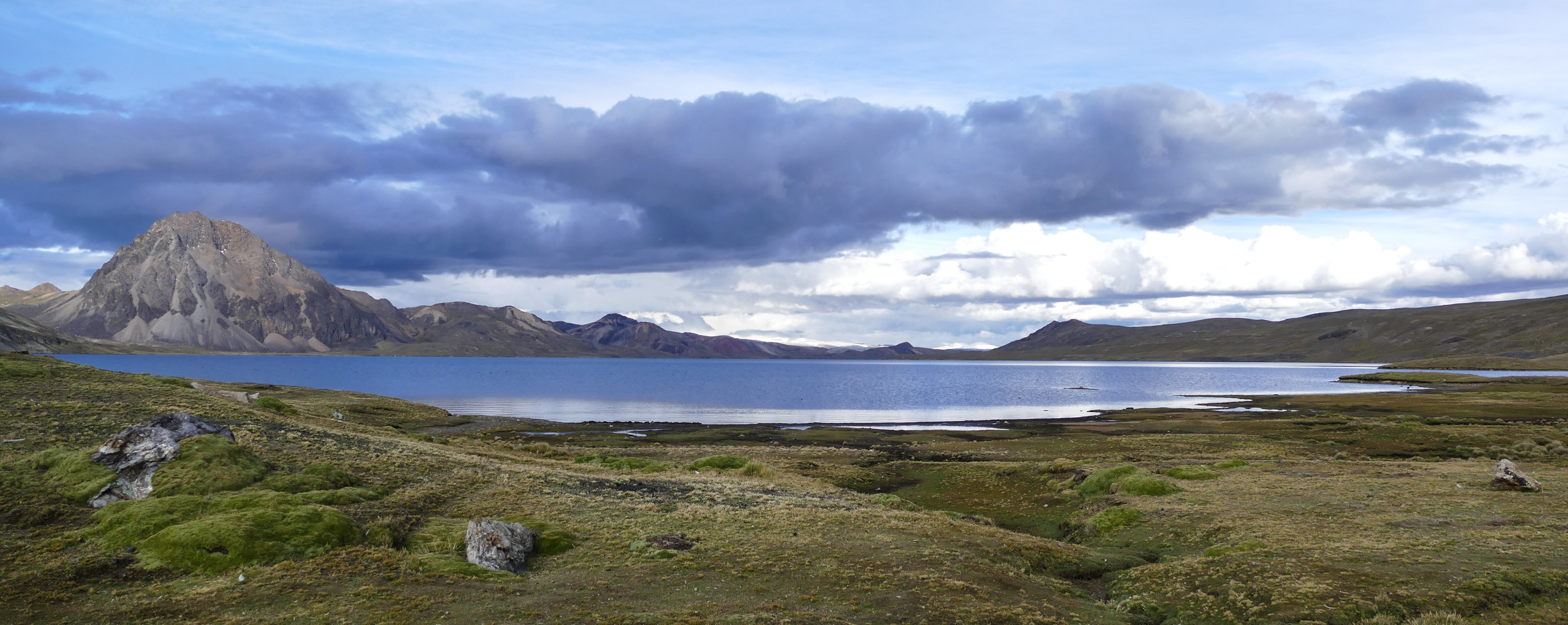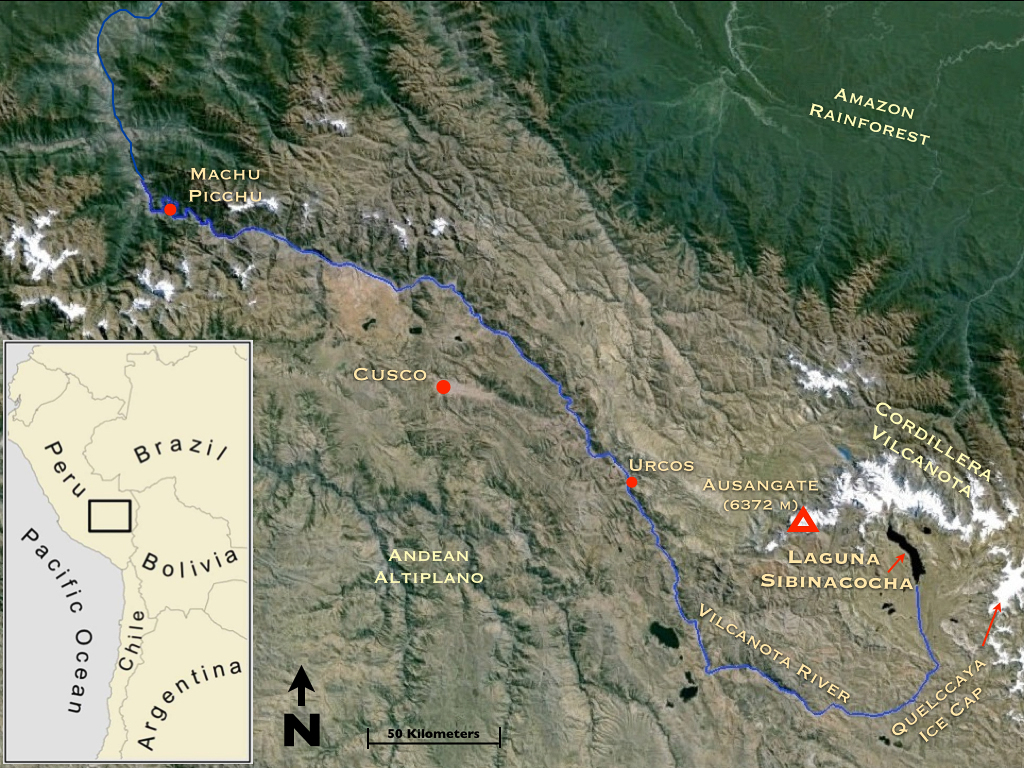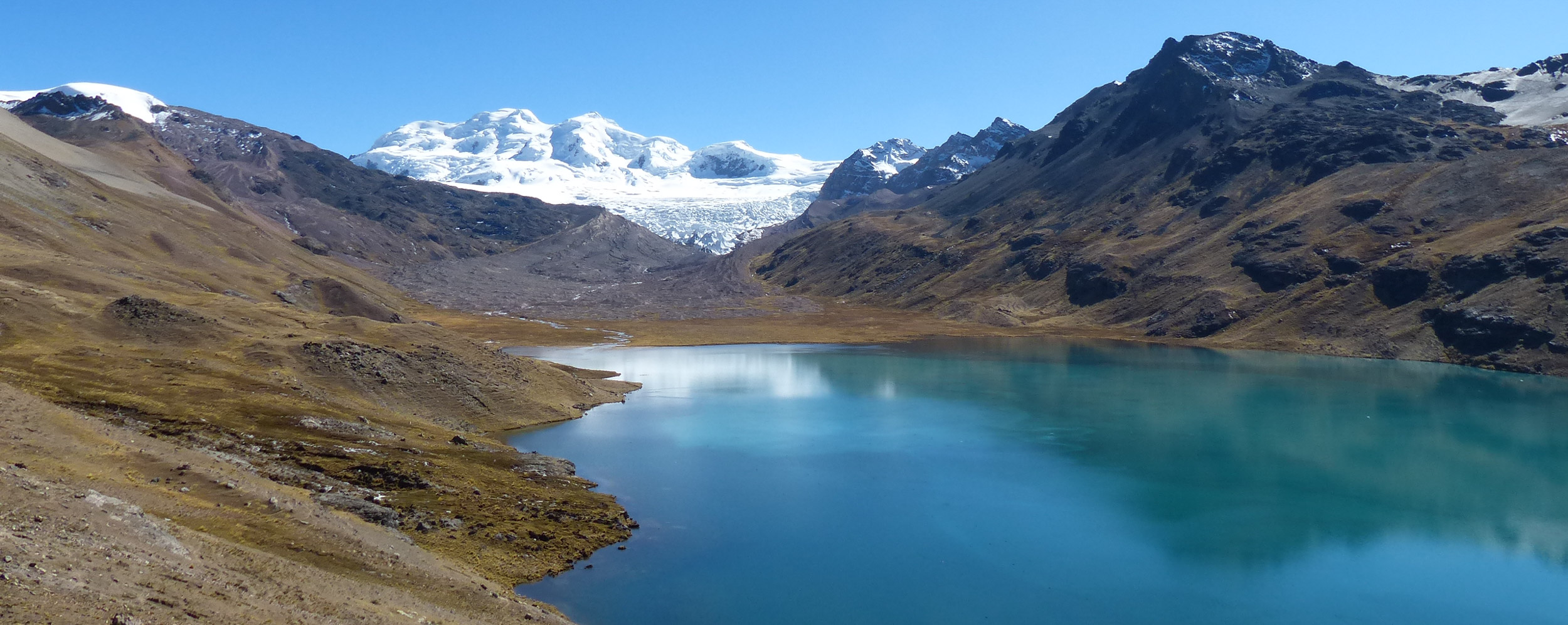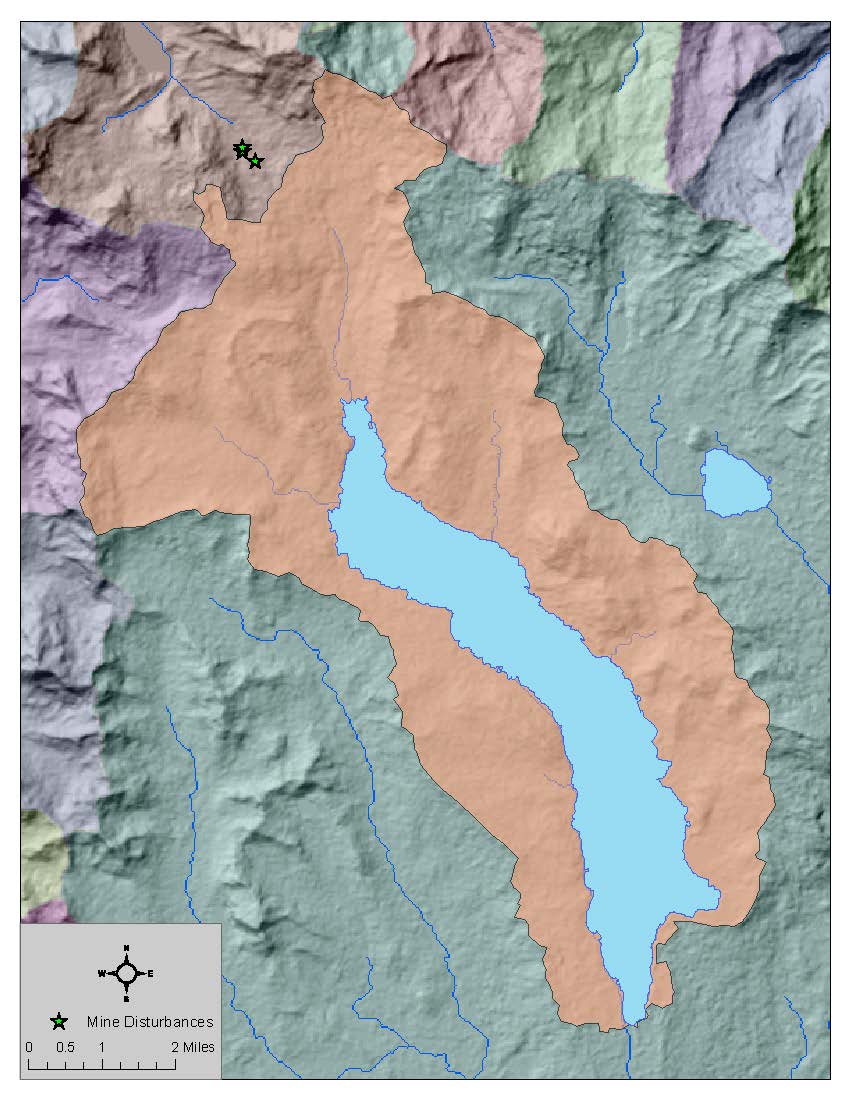The Sibinacocha Watershed Project
We are a US-based 501(c)(3) not-for-profit organization dedicated to the research and conservation of the Lake Sibinacocha Watershed in southern Perú.
The Lake Sibinacocha watershed is located in the heart of the Cordillera Vilcanota range of southeastern Perú and is one of the principal headwaters of the Amazon River. Lying entirely above 16,000 ft (4,869 m) and surrounded by 20,000 ft (6,100 m) high, glaciated peaks, the Sibinacocha watershed is an extreme environment by any standard, yet it contains stunning natural beauty and a remarkable array of wildlife. Herds of wild vicuña and elusive taruca deer roam the hills. Carnivores including puma, culpeo fox, and endangered Andean cats stalk the mountains. More than 60 species of birds have been documented, setting altitude records for several species, and the watershed is home to the world’s highest documented amphibian populations.
At its heart, covering 20% of the watershed, is Laguna Sibinacocha. This 11-mile (18-km) long lake is the largest, high-alpine lake in South America. Despite its size, Sibinacocha itself remains virtually unstudied. No field research has been conducted to document its native fish and aquatic invertebrate species, yet they are under threat by introduced trout that grow to enormous size feeding on native faunal species that have evolved with no natural predator. There are also archaeological remnants suggesting that Sibinacocha and its adjacent mountains had spiritual significance to the Incan and pre-Incan cultures, and likely contain important ceremonial sites.




